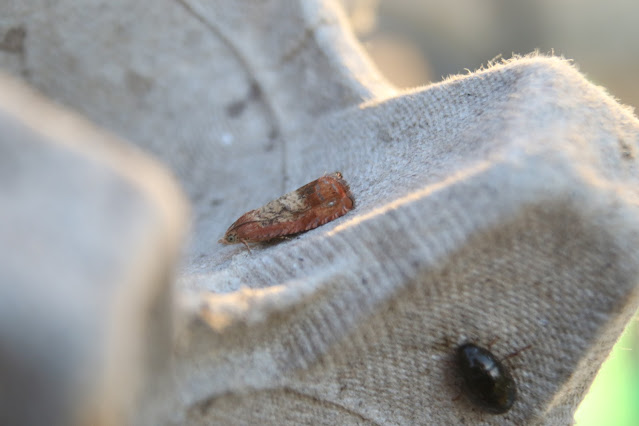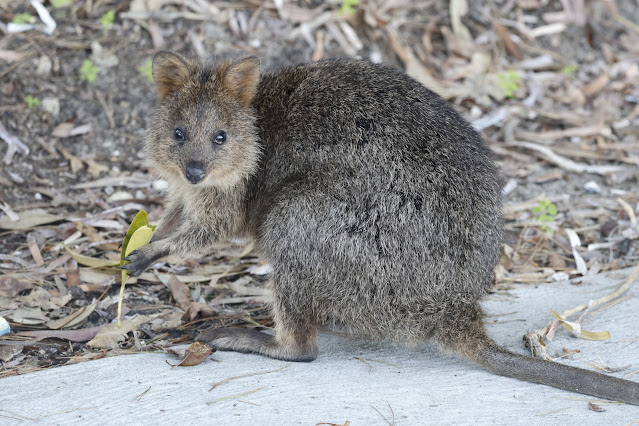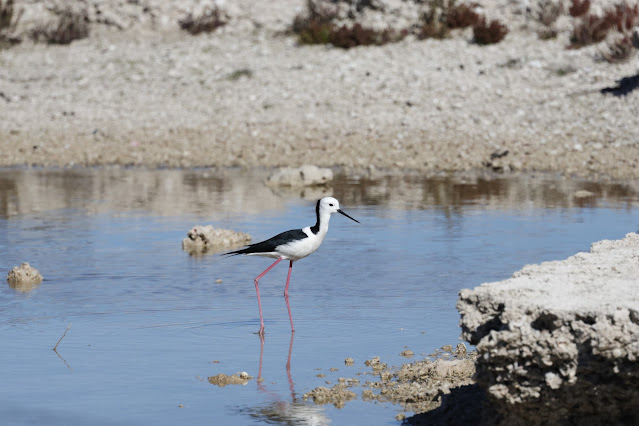Back from an epic 'holiday within a holiday' to Broome and the Dampier Peninsula in NW Australia with Jacob.
We stayed at Broome Gateway Caravan Park which is about 20 minutes out of town and explored the local area including Broome Bird Observatory, the Mangroves and the coastline. The main objective of the trip was to take Jacob to see the dinosaur footprints which the area is famed for, we took a tour for that.
We also took an outback drive to the tip of the Dampier Peninsula and overnighted at the Cygnet Bay Pearl Farm.
Updated Ebird trip report HERE. Now on over 200 species for the trip and over 150 lifers.
A few photo highlights below:
Australian Bustard- the farmer next to the caravan park was ploughing the field which attracted up to 21 Australian Bustards in addition to over 300 Little Corellas and a load of Agile Wallabies.
Mangrove Gerygone- the mangroves in the Broome area host several mangrove specialists. Dusky Gerygone (below) is a northwest endemic.
Female Black-tailed Whistler (above) and male White-breasted Whistler (below)- both northwest mangrove specialists
Mangrove Robin
White-gaped (above) and Red-headed Honeyeaters (below)
Lemon-bellied Flyrobin
Broad-billed Flycatcher

Double-barred Finches
Gouldian Finches (above) at the Water Treatment Plant at One Arm Point
Yellow-tinted Honeyeater
Hooded Robin - had this while waiting for a traffic light to change on the outback road on the way back to Broome- a bonus lifer
Rainbow Bee-eaters
White-breasted Wood Swallow
Pied Butcherbird
Red-collared Lorikeet
Little Corellas
Brown Falcon
Female Red-tailed Black Cockatoo- numerous in the area
Bar-shouldered Dove
Great Bowerbird
Dark phase Pacific Reef Egret
Although in the austral mid-winter there were still several thousand shorebirds in Roebuck Bay from the Broome Bird Observatory. Mainly young birds that are not ready to breed yet or possibly old birds too. Most of the waders on the eastern flyway are currently in high Siberia. Eastern Curlews (above)
Spot the Asiatic Dowitcher in with the Great Knots and Bar and Black-tailed Godwits
Terek and Marsh Sand with Greenshank, Grey-tailed Tattler and Australian and Gull-billed Terns
How many species in here?
Terek Sandpipers, Grey-tailed Tattler and Turnstone
Agile Wallaby- common in the area around Broome
Dugong- had a few of these 'seacows' in the bay
Presumably a Green Turtle- there was tens of these in Cygnet Bay
Ray sp from the Town jetty
Highlight of the trip was this Estuarine Crocodile out in the bay from the Jetty (above and below). After visiting the Crocodile Park that hosts captured Estuarine and Freshwater Crocodiles which have become public nuisances it was great to actually find a local croc in the wild.
Green Tree Frog- we found this in our accommodation toilet.
Jacob standing in a Brachiosaurus footprint (above and below) and examining a theropod footprint (below that)- some kind of Megalasaurus
























































































